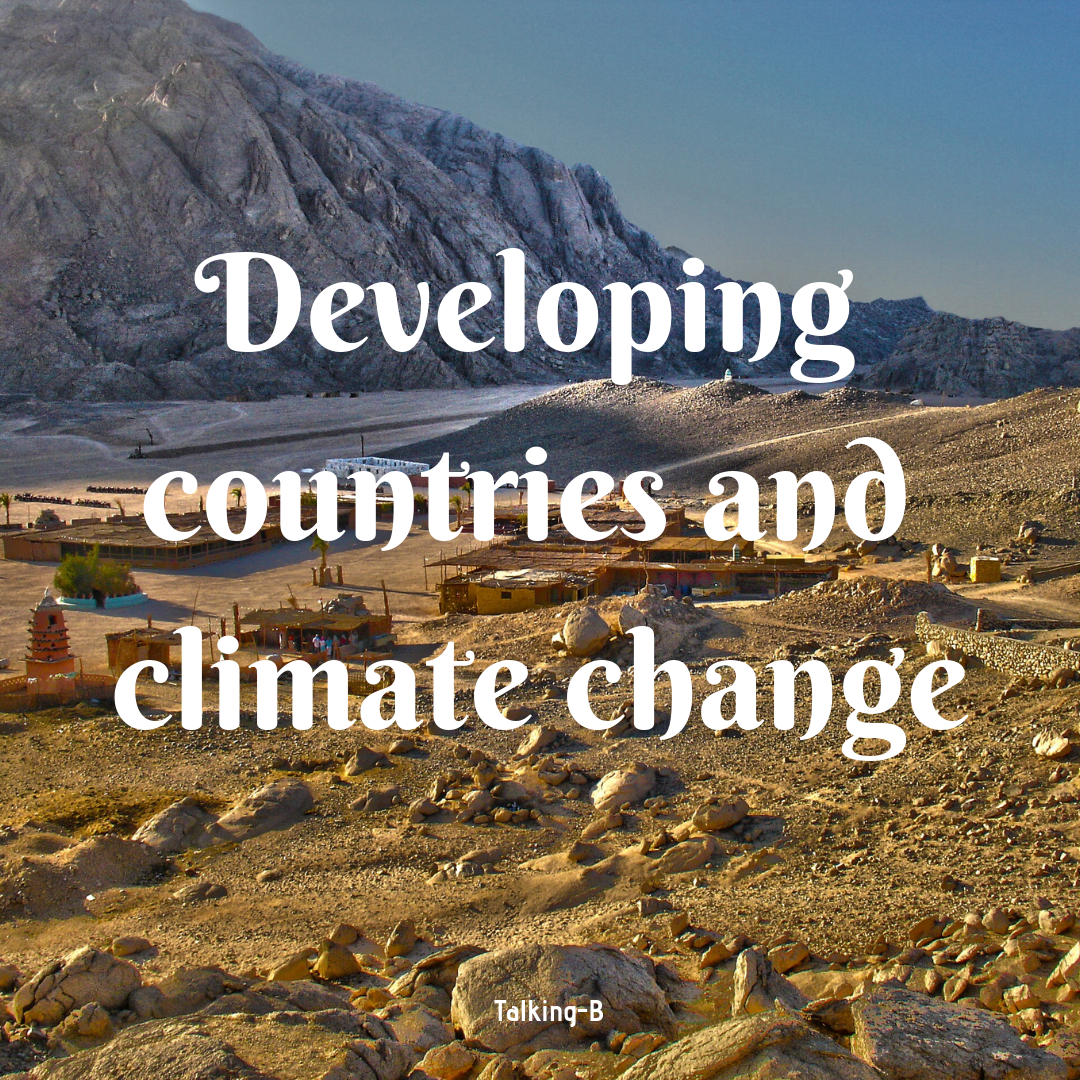Developing countries in the present world map primarily consist of most African countries (if not all) and some part of Asia. Unfortunately, a likely synonym for most of these countries is the phrase “praying countries”. Climate change is no longer in theory as its impacts and effects are becoming more vivid at an alarming rate across the planet earth.
As expected, it is the developed countries clamoring the most, about the looming dangers around global warming and its ripple effects. Although, the causes of the rapidity of this unwanted change was propagated majorly by the developed countries that emitted greenhouse gases with no obstruction from the Industrial Revolution which led them to gain wealth and power. Nevertheless, their leaders, researchers, and scientists are coming up with several approaches to minimize, manage and possibly control the expected havoc by putting several control measures in place which include investing millions in the developing countries. But, are the developing countries putting the same tenacity into the few forms of resistance there is to put up?
Climate change is a faceless looming hazard against humanity threatening the flourish of agriculture, health, economy, peace, energy infrastructure and transportation to mention but a few. Its influence includes a persistent rise in sea level, frequent drought, heavy rainfall, heavy flood, heavy snowfall, ocean acidification, expansion of deserts, heat waves, and wildfires. Considering the limitations and challenges already facing most of the developing countries, it becomes exponentially inherent for them to take up their role zealously in combating the aggressive army of Mother Nature.
In every situation in life, information is paramount. Therefore, sensitizing people about the reality of climate change, its effect, what to expect and reiterating on the measures to reduce the expected calamity is vital. Being conscious of the fact that, telling people what to do hardly yield result without making them understand why they should do it, thus afforestation and refraining from deforestation can be encouraged, adaptation to the extreme weather and development of crops that are more resistant, long term preservative measure of farm produce to prevent looming famine, strict conformation to the building laws and avoiding building close to the water bodies to minimize dislocation and loss of shelters, keeping abreast of updated information from the meteorologists and climatologists, aiding the visions of sustainable development goals (SDGs) in the best capacity humanly possible and facilitating Responsible consumption and recycling.
World Health Organization (WHO) already estimated the additional deaths per annum from malnutrition, health-related problem and heat stress to be approximately 250,000 due to climate change. While, in eleven years from now, about 122,000,000 people could be forced into extreme poverty based on the estimate of The Food and Agriculture Organization of the United Nations. Several predictions have been made based on facts, reality, and researches yet, inaction is not an option, developing countries need to rise up to the challenges and save humanity.


2 comments
I do not think anything threatens our future more than global warming.
But atimes, I leave out the science in me and become a layman by thought, what if God is just joking around with us, making us know we will never understand whats really ” existence: is…
Climate change is real…
Again talking B has touched a great issue but I do not see the possible solutions to global warming here..
Hello Sir,
Thank you very much for reading and your contribution. We particularly appreciate your sense of humor. Yes, we agree this was more of an informative piece than a solution providing one. We hope to develop more solutions in weeks to come. Nevertheless, this piece points out an important aspect which deals with sensitizing people to be more conscious and question their daily habits.